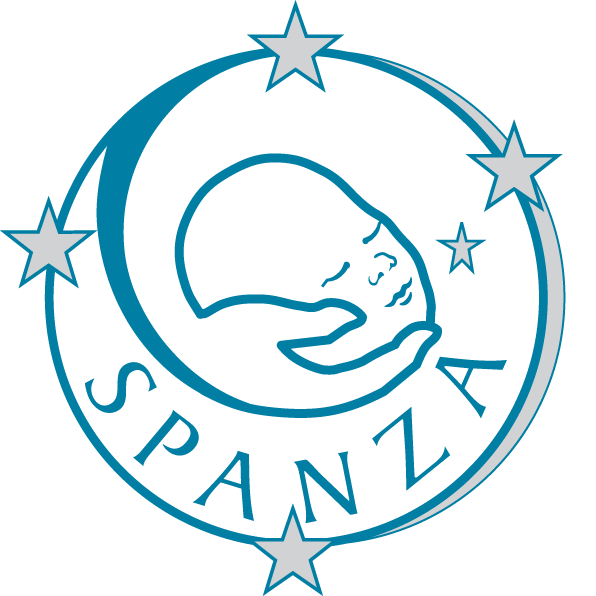Prolonged opioid use after surgery in children, adolescents, and young adults
A systematic review
Canadian Journal of Anaesthesia
Submitted July 2025 by Dr Maximiliane Beck
Read by 476 Journal Watch subscribers
Summary:
Persistent use of opioids after surgery remains a significant concern in the paediatric population and has been the subject of debate, particularly in North America.
In Australia, between 2013 and 2017, dispensing of strong opioids in children increased in all age groups and in 2017, 1 in 74 Australian children (including 1in 25 adolescents) were dispensed an opioid (1).
This systematic review conducted in North America sought to integrate rates of prolonged opioid use after surgery (POUS) and identify risk factors associated with POUS in children. It provides insights that may guide opioid stewardship after acute surgical care.
Seventeen studies (15 USA, 2 Canada) involving over 1.57 million patients included in this review were either prospective or retrospective observational studies with ≥50 paediatric/young adult patients (≤25 years), who underwent any surgery, measured opioid use ≥60 days post-op, and reported POUS rates. Risk of bias was assessed using an adapted SIGN checklist, and risk factors were analysed using a best-evidence synthesis. Findings included a median POUS rate of 4.5% (2.6-7.1%), highest POUS rates in cancer surgeries, and lowest POUS rates in ophthalmic surgeries. The median age was 15.4 years.
The review identified strong risk factors for POUS as older age (especially adolescents/young adults), female sex, history of chronic pain and pre-operative opioid use.
Commentary:
This systematic review with a large sample size addresses an important question on a topical issue: prolonged opioid use after surgery in children. It focused exclusively on young people/children, a demographic under-represented in opioid research, and evaluated a broad range of surgeries, enhancing its real-world relevance.
The study highlights several key predictors of POUS: adolescents/young adults, female sex, history of chronic pain and pre-operative opioid use. This equips us clinicians with actionable knowledge to identify higher risk individuals and tailor their peri-operative care to reduce/avoid long-term opioid exposure.
Encouragingly, the review also reports a decline in POUS over time, possibly reflecting evolving prescribing guidelines, increased provider awareness and the broader impact of national opioid stewardship efforts. Alternatively, this could reflect changing anaesthesia practices and peri-operative care such as increased use of peri-operative regional techniques. Further studies to evaluate this are required.
Despite these strengths, the study also had its limitations. Definitions of POUS varied significantly across included studies, making comparisons and pooled prevalence challenging.
Most included studies relied on prescription fill data or insurance claims, which, while accessible, do not capture actual consumption of opioids, why they were taken or if the intended patient took them. The study did not address the supply/demand and return/disposal of opioids; it did not look at the “pool” of unused prescription opioids that would be available for potential misuse, overdose or redirection.
Some included studies also had patients with pre-existing chronic pain or prior opioid use, potentially over-estimating the incidence of POUS in opioid-naïve populations.
Lastly, all data came from North America, possibly limiting the generalisability to Australian and New Zealand healthcare systems/cultural contexts.
Take home message:
The study's main relevance for paediatric anaesthetists in Australia and New Zealand is that it gives some risk factors for POUS (adolescent/young adult, female sex, history of chronic pain and peri-operative opioid use) to be aware of that should guide and shape our peri-operative opioid prescribing in this population.
We must be mindful that acute pain is not under-treated whilst opioid stewardship is maintained.
References:
1) Bell, Jane et al. Prescription opioid dispensing in Australian children and adolescents: a national population-based study. The Lancet Child & Adolescent Health, Volume 3, Issue 12, 881 - 888



